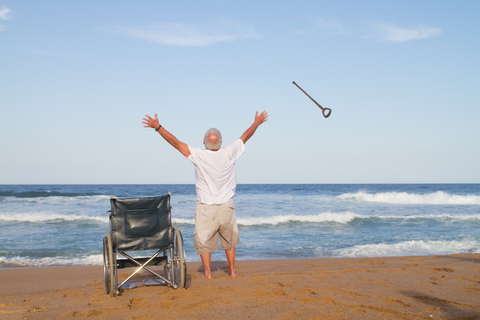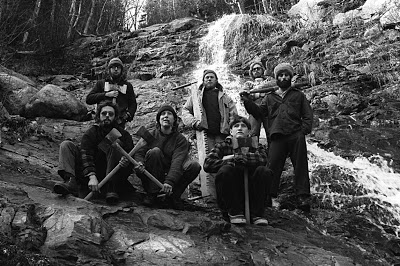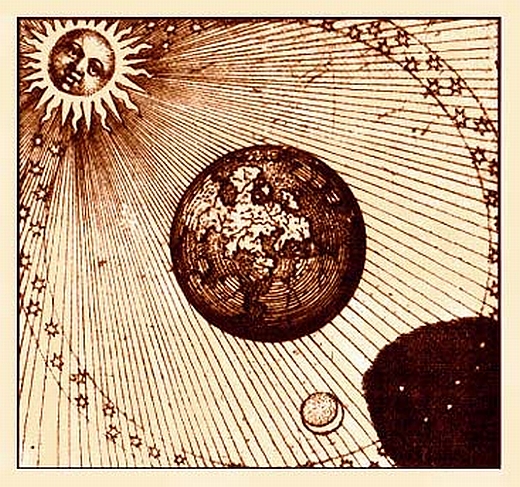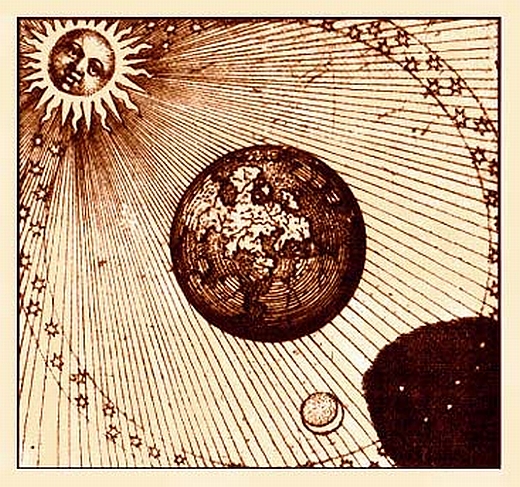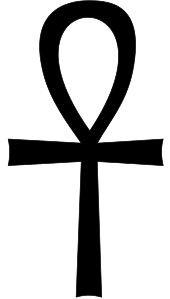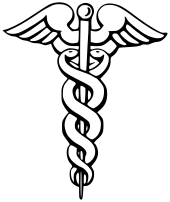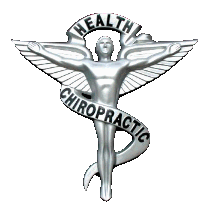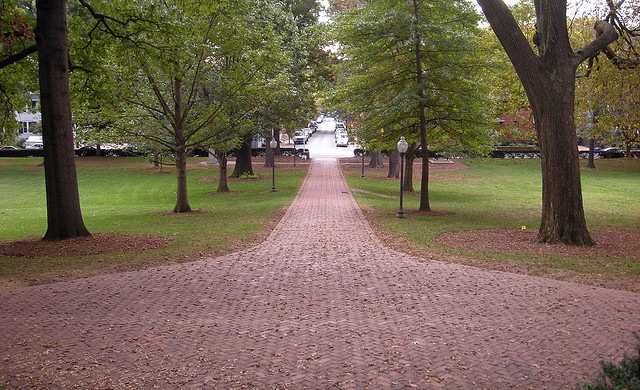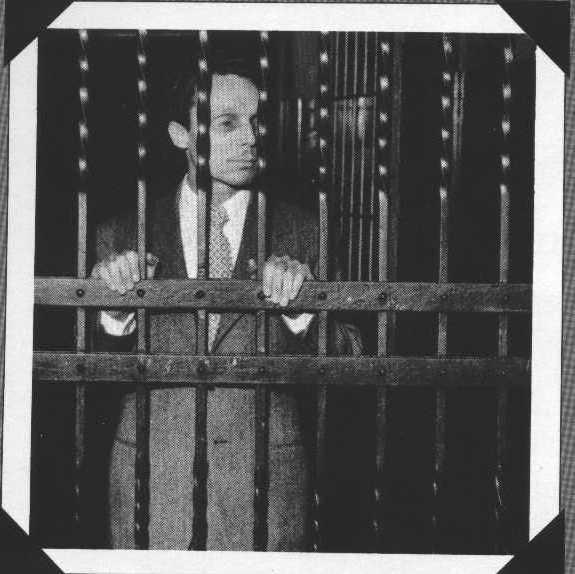It is often overlooked by doctors, but the person sitting at the front desk is perhaps the most important person in the practice. She is the first voice that a new patient hears when they call and the first face they see when they walk in the door. If a patient doesn’t like her, or she is rude, or incompetent, it is very likely that the patient will leave unsatisfied with their care.
In this, my 20th year of service to Litchfield County, I will occasionally be writing posts looking back at the history of my practice, and I’m going to start where most of the action happens: Up front.
It’s not always been a pretty picture. After all, I’m a doctor, not an HR specialist, and I’ve made a few hiring mistakes. In fact, one of my best friends, who is a big wheel in executive employment and the founder of what is now a multi-million dollar placement firm, once said to me, “Avery, do you know how I’ve managed to be so successful? All I have to do with a hiring problem is think to myself, ‘how would Avery handle this?’ and then do the exact opposite.”
Hmmph. Granted, my hiring process is perhaps not the best, but I have learned a thing or two over the years.
After opening my practice in Kent, CT, I was not initially busy enough to need someone at the front desk. The phone did not ring all that often and the two treatment rooms I had were more than sufficient. Within about six months, though, trade was brisk enough to require a hired hand, at least a few times a week.
This was long before the Great Recession, and, in fact, was during a boom part of Kent’s oft-anemic business cycle. So good help was hard to find.
But I got lucky. Through a colleague, I found out about a young woman, single mother, who was going to school part time in accounting, and looking for work. Bingo.
I immediately hired J., and she stayed with the practice for several years, until she graduated from college. Her daughter was just a baby, and during those early (and rather slow) years, J. would bring her daughter into work, and set up a playpen in one of the treatment rooms, where the baby would nap and occasionally yell for her mother. It was a situation that worked out well. J. was young, intelligent, and of course, could whip numbers around in her sleep, so my accounting and billing was always up to snuff.
It didn’t hurt that J. was cute and friendly, so the patients really liked her as well.
I didn’t know it at the time, but during those first few years, J. and I were putting into place procedures that have lasted until this very day. It’s interesting that even now, when I’m faffing about the file room looking for some ancient document, I will find a file labeled in her handwriting, under a filing system she developed and that has only been built upon by her successors.
Of course, as soon as she graduated, she was snapped up by Mighty Big Corporation, and went to work full time on a salary almost equal to my own at the time.
At this point, I started on a personnel cycle that has seemed to repeat itself periodically.
After J.’s departure, I went through a bit of a merry-go-round with staff. There was the 30-year-old redhead who was moonlighting as a dominatrix. Then there was the ex-postal worker with authority issues. Neither of those lasted more than a few months, which is when I hired my First Big Mistake.
She lasted several years, and there seemed to be nothing wrong with FBM. She had a great personality, patients loved her, and she exuded competence. It seemed that I had made a great hire, initially. And for the majority of the time she worked for me, it seemed like she had great control over the financial end of the business.
Unfortunately, as I found out later, she was also moonlighting. In this case, however, she was moonlighting for my competition, and doing it when I thought she was actually working in my office. She also called to quit -- to go to work full time for the competition -- when I was out west dealing with a terminally ill family member. That wasn’t a good time. Also, the billing had kind of gone to hell in a handbasket while she moonlighted while I imagined her being at my front desk.
Once again, I found myself on the staffing merry-go-round. There was the woman who interviewed great, looked great on paper, and had hand tremors. By the second day, the tremors disappeared, and by the second week, a couple of patients had complained about the smell of alcohol. Meanwhile, she was telling me how she had taken to falling asleep at night in her front yard.
She was replaced by the top-of-her-class college graduate, who oddly enough, had been unable to find any employment. It didn’t take long to discover why. For the two weeks she worked for me, she actually only came in for two days. On her final day of “work,” she called in with yet another excuse for not showing up, and I told her not to bother at all, that she was fired.
She started shouting at me, about how dare I fire her, and it was so unfair, and she was doing her best...she was outraged that she was being fired from a job that she hadn’t really shown up for.
This is what gives the younger generation a bad name.
There was also the woman I hired who came for her first day of training. After training all morning, she went out for lunch, whereupon she called me and quit. She didn’t even want to come back for a paycheck.
But, about this time, T. agreed to start working for me more-or-less full time. I had initially hired T. only for Saturday morning hours. She was actually perfect for the job, working weekdays as a bookkeeper, and possessed of a warm and outgoing personality. I finally convinced her that she was working for a dead-end firm, and she signed up for the ride with the Center for Alternative Medicine.
And what a ride it was! T. worked for me for over a decade (I said 13 years, she said 12, so I concluded that maybe it was only 12, it just felt longer), through phenomenal change. During that time, I introduced acupuncture and nutrition into my practice, bought a building, closed the Kent office and moved the whole kit and caboodle to Litchfield.
The thing about this type of job is that you work cheek-to-jowl with one another, and so fundamentally, your personalities have to match. T. and I worked well together, so much so that very frequently patients asked if we were married. To which T.’s response was usually something along the lines of “I’d rather shoot myself first.”
That was the nature of our relationship, and over the years it got to be a habit for me to gauge the success of any day at work by whether or not I was able to get T. to say “I hate you!” to me. A truly successful day was “I hate you!” followed immediately by “I quit.”
Which was all fun and games of course, until the day she came in and said “I quit” and really meant it. There was no discord or ill-will. She had simply tired of the job, and found one with better benefits and more suited to her current needs. T. left on good terms, and left an impression on the practice that has dimmed little with time. Patients will still ask me about her and how she is doing.
You get the story by now. T. was followed by a couple of unsuitable candidates, one of whom informed me shortly after taking the job that she considered me working for me to be probationary, and then was wholly excised when she was terminated after herself going AWOL.
That was followed by Second Big Mistake. SBM similarly had me under the impression that all was under control, while the cart was careening wildly down the mountain. Once again, I only discovered the condition of things after she left.
While I’m still paying the cost of SBM’s duplicity, the bright side of that stormy cloud was that SBM’s employment convinced me to restructure the practice. Part of the problem was that the front desk job had just grown too large. So I split one job into three, and have put checks into place that help me independently spot problems before they become too large. This has also enabled me to hire people who are specialists in each discipline, which has resulted in even better performance.
Again, after a bit of faffing about, I hired G., who is -- at least at the time of this writing -- sitting at the front desk. G. represents a bit of a change, and is reflective of my new thinking about what the front desk job entails and where I want to take this practice in the next 15 years.
G. actually got hired because of something my big-pooba HR friend had said. “Avery,” he said, “you need someone who really wants that job.”
That was G. Although G. was young and untried, she was hungry. She had the basic skills I needed and, more importantly, I felt her to be fundamentally honest. She also had -- there’s no other way to put this -- attitude. I’ve been doing this for two decades, and the practice at this point needed an injection of passion and energy. G.’s got that.
Something else that she brings, which has been missing ever since T.’s departure, is an abundance of laughter. The other day, one of my patients said to me, “You know why I like coming here, Dr. J?”
I was somewhat hoping that he would mention my phenomenal diagnostic skills, or my skillful touch with hand, herb or needle.
Nope. “I like it here because there’s so much laughter,” he said. “You go to other doctor’s offices, it feels like walking into a graveyard. But not here.”
The incident that made me feel best about hiring G. happened just a few weeks into her employment. I was asking her to do something, and explaining how to do it, and explaining how I should have done it, but hadn’t had the time to. She just cut me off in mid-explanation, looked at me with a serious expression, and said “Don’t worry. I got your back.”
She did, too, fixing my mistake with efficiency and aplomb.
After 20 years in this game, and, as I’ve been told, “more receptionists than Seinfeld had girlfriends,” it’s good to know that once again, somebody’s got my back.
 For most of the past week (and part of this week), the Center has had no climate control. The AC compressor, already among the ancients, seized completely last week. After consultations with the experts from Elite Energy in Goshen, I decided that the best thing to do was to replace both furnace and air conditioning. Frankly, I've been keeping the furnace running with magic beads and baseless threats for the past two years, so I consider this to be a good opportunity.
Elite Energy came back to me with an excellent bid on the job, so I gave them the go-ahead. The catch: It won't happen until Wednesday or Thursday.
For most of the past week (and part of this week), the Center has had no climate control. The AC compressor, already among the ancients, seized completely last week. After consultations with the experts from Elite Energy in Goshen, I decided that the best thing to do was to replace both furnace and air conditioning. Frankly, I've been keeping the furnace running with magic beads and baseless threats for the past two years, so I consider this to be a good opportunity.
Elite Energy came back to me with an excellent bid on the job, so I gave them the go-ahead. The catch: It won't happen until Wednesday or Thursday.



